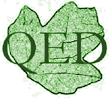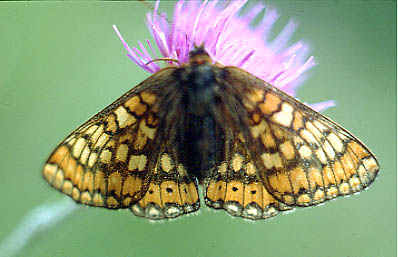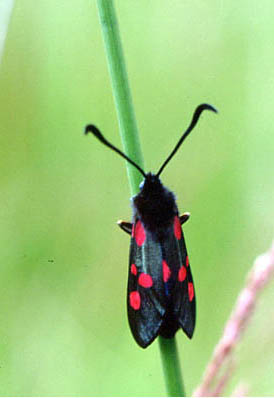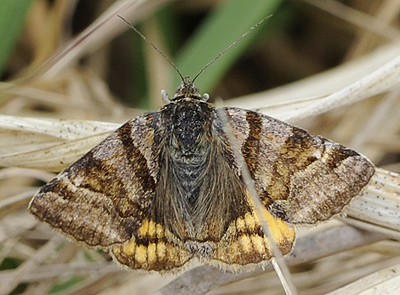
 |
|
| QUODITCH EDUCATION DEVON |
|
QUODITCH
MOOR NATURE RESERVE
|
|
Field Two
|
|
Field Two is a mixture of heathland and culm grassland with a belt of woodland at the West side and our picnic woods on the East. It extends for a total of 6.2 acres (2.6 hectares). At this time of the year it is a very interesting field being full of orchids and marsh fritilliary butterflies.
|
|
|
|
|
The picnic woods make a welcome shelter during the hot weather. The effects of the sunlight on the grass gives a luminosity to the whole area. |
|
These have appeared in a couple of our fields. They are there to monitor the grasshoppers. Tim Gardiner of Writtle College is studying grasshoppers in various parts of Devon. The sensors record the chirps, to help identify frequency and species. |
|
|
Parts of the field itself are so crowded with orchids that it is impossible to walk through without stepping one. |
|
|
There are two different types of orchids in this field. The majority are Heath Spotted Orchids. |
|
|
They tend to hybridise so there is a variety of shades . Some are nearly a pure white. |
|
|
The other type, Lesser Butterfly orchids, are much rarer. In fact, we have only found four! So, to us, they are very special.
|
|
|
The grasses are beginning to flower. This is Yorkshire Fog (of which there is plenty in field one. There are only a few clumps of this in field two. They add a colour contrast with the other more golden grasses.
|
|
|
The Ragged Robin (Lychnis flos- cuculi - family caryophyllaceae) grows in profusion here. |
|
|
This is a beautiful plant, which , unfortunately, is now much less common than forty years ago. This is one of the reasons that we decided to own the land, to be able to manage it to preserve plants like these that were so common in our childhood. |
| These are the flowers of the Guelder Rose | |
| We've found this Honeysuckle with a denticulated leaf. We've never seen it anywhere else. | |
|
|
This is a good field to find spiders. They are easy to spot on top of the old grass litter. |
 |
But the pride of place were the Marsh Fritillaries, but, sadly, we haven'rt seen them since 2006 |
|
|
It was quite unusual to see three together. |
| In the first week of June you could find their eggs underneath the leaves of the Devil's Bit Scabious | |
 |
This is the Six Spot Burnet Moth - Zygaena filipendulae (169). These are quite common in this field. |
 |
This is the Burnet Companion Moth (Euclidia glyphica) (2463), so named because it is often found alongside the Burnet Moth. It can be seen during the day. |
|
Page last updated 13th June 2009 |
|
Between fields two and three there is a track that is regularly used by the deer. At this time of the year small footprints start to appear, so click on the fawn's footprint to move on. |